| Product Name | T6V Vis
|
| Product Description | T60V (Visible) is a split beam system operating within a wavelength range of 190-1100nm. The instrument has a switched model power supply accepting voltages in the range of 95-240V AC and supplied with either universal path length 5 cell changer or fixed path length 8 cell changer as standard. T60V delivers the functionality and accuracy of an advanced instrument at an affordable price.
With a focus on reliability in a compact footprint, PERSEE’s entry level Spectrometers set a new bar for value and capability. |
| Features | · High performance fixed 2.0 nm spectral bandwidth
· Low stray light ≤0.10 %T (220 nm NaI, 340 nm NaNO2) · Wavelength accuracy +/- 2.0 nm · Supplied with either universal pathlength 5 cell changer or fixed path length 8 cell changer as standard · Holographic blazed grating 1200lines/mm · Local control software for photometric fixed wavelength measurement · Easily upgraded to include quantitative analysis, multi-wavelength spectrum & kinetics · Built-in cell holder storage · Robust modular design with a small footprint · Can be used with UV-WIN software (optional) |
| Principle | High quality optical components ensure reliable analytical data with low stray light achieved using very low noise electronic circuits.
The monochromator is completely sealed and the optical surfaces can be easily cleaned to maintain optimum reflectivity over the lifetime of the instrument. A maintenance free high resolution direct stepper drive positions the grating precisely, which ensures reproducible wavelength scanning at different scan speed, thus negating any wavelength peak shift. The principle of T6V spectrophotometer is based on the absorption of ultraviolet or visible light by chemical compounds, which results in the generation of unique spectra. Spectroscopy is based on the interaction of light and matter. When matter absorbs light, it undergoes excitation and de-excitation, resulting in the formation of a spectrum. When matter absorbs ultraviolet (UV) radiation the electrons in it are excited. This causes them to transition from the ground to an excited state. It is crucial to remember that the difference in energy between the electron’s ground and excited states is always equal to the quantity of ultraviolet or visible radiation absorbed by it. According to the Beer-Lambert law, when a monochromatic light beam is an incident on a solution containing a substance that absorbs the monochromatic light, the rate at which the intensity of the beam decreases along the thickness of the solution is directly proportional to the concentration of the absorbing substance in the solution and also directly proportional to the intensity of the incident monochromatic radiation.
|
| Application | Education in universities and colleges: Determination of complex composition, Obtaining kinetics curves, acid-base dissociation constant, photometric titration, etc
Environmental monitoring & control: Monitoring of water quality, atmospheric pollution, rainfall and soil contamination. Food & Beverage production and quality control: Analysis of additives preservatives and flavours, fat contents, enzyme, glucose, flavouring, minerals, vitamins, etc. Agricultural monitoring: Can be applied in various agriculture, such as pesticide detection, crop analysis, animal medicine analysis, fertiliser inspection, soil analysis, animal food stocks inspection etc. Geology & Metallurgy: Determination of metallic elements and inorganic salt in minerals. Gas & oil: Can be applied in petrochemical production process control and product inspection due to its strict requirements on new technology and design idea.
|


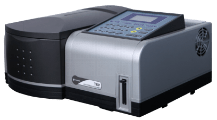
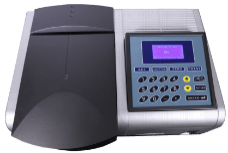
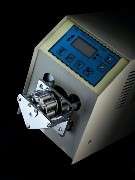


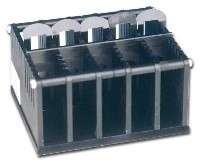
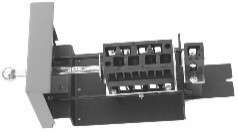


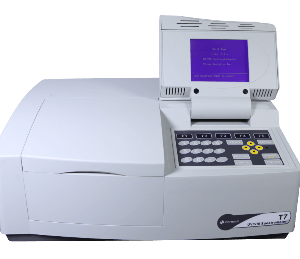
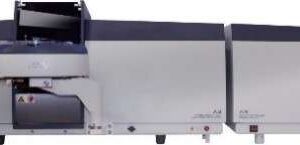
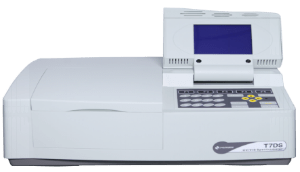


Reviews
There are no reviews yet.